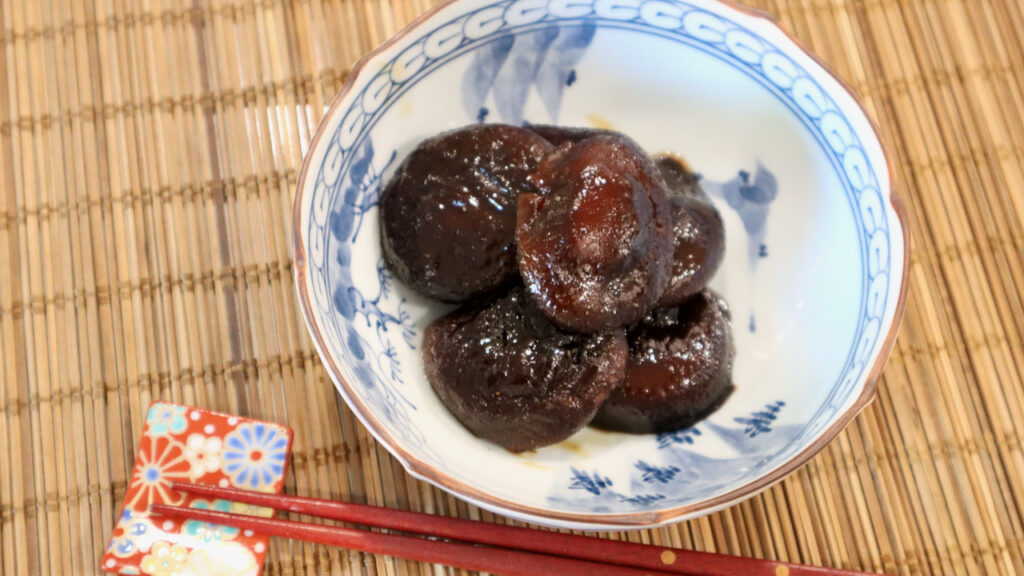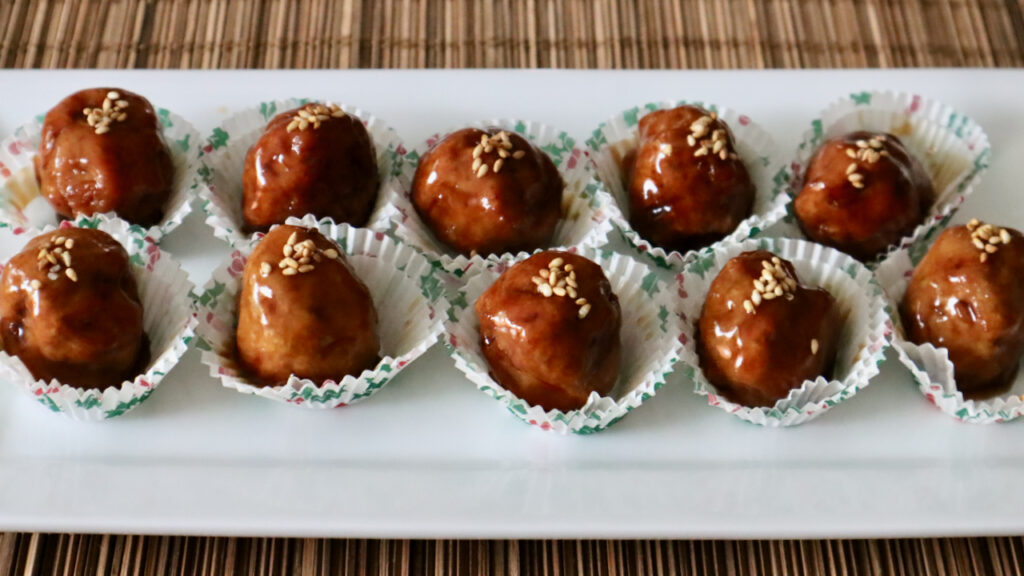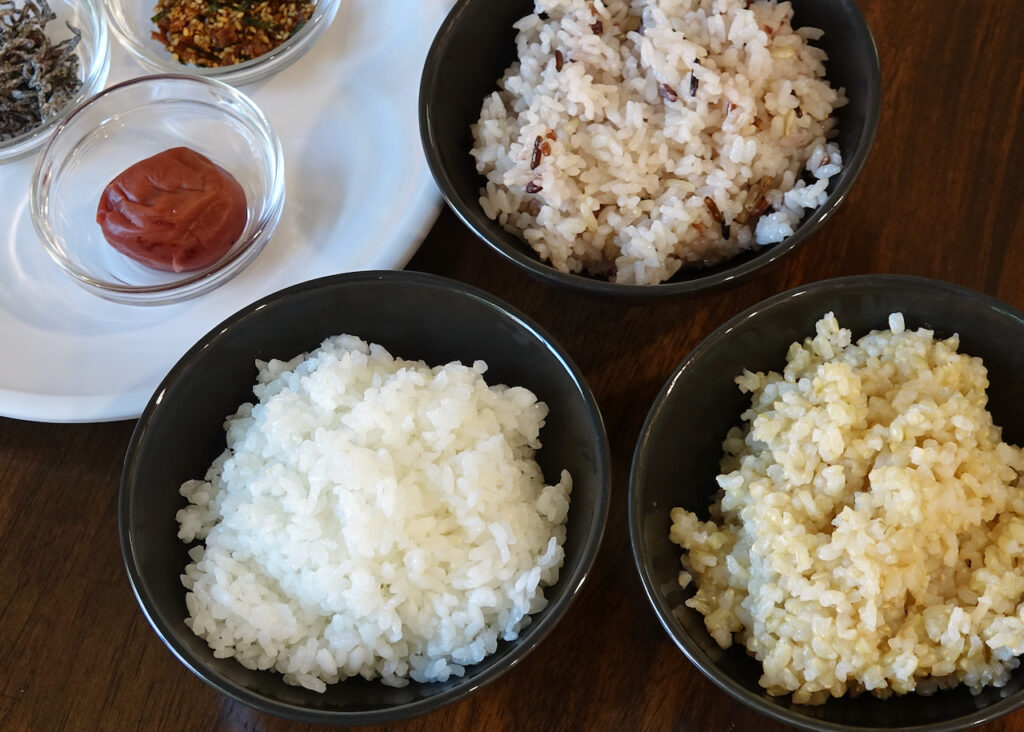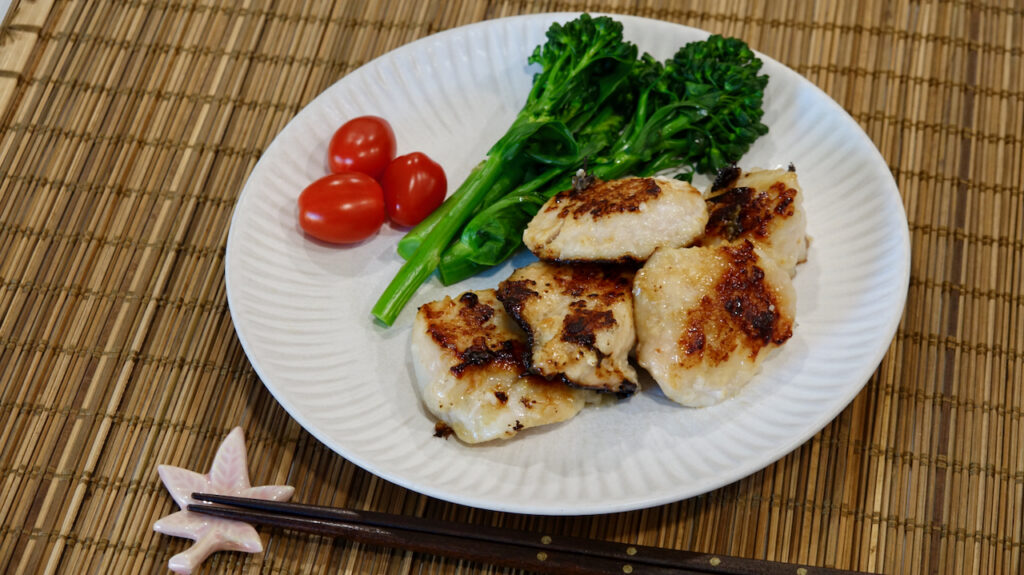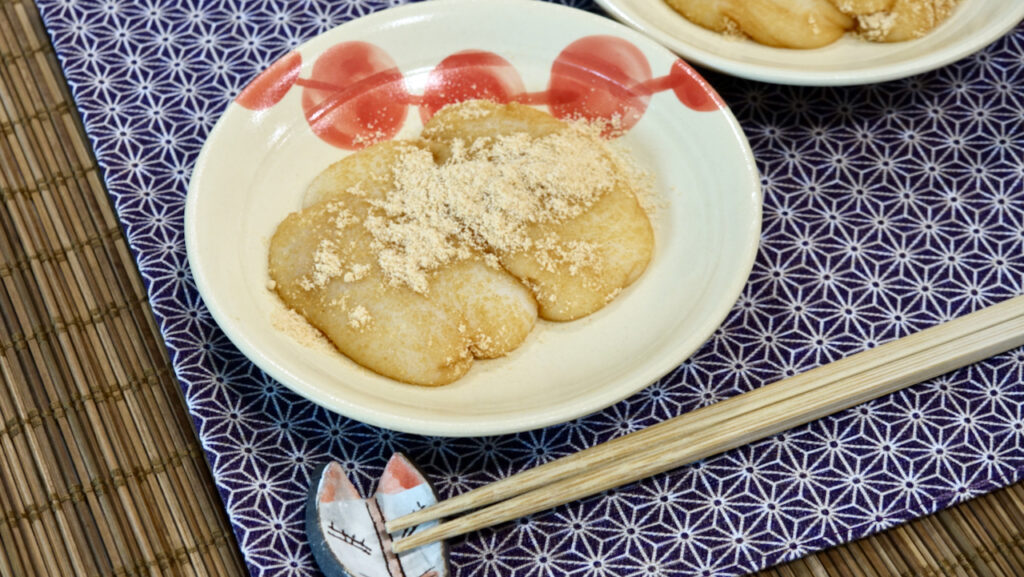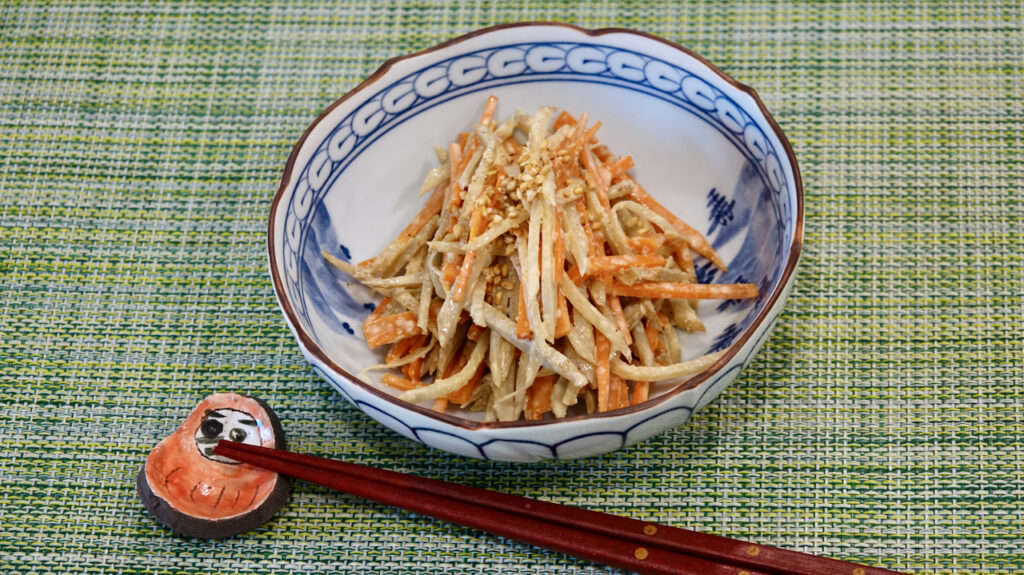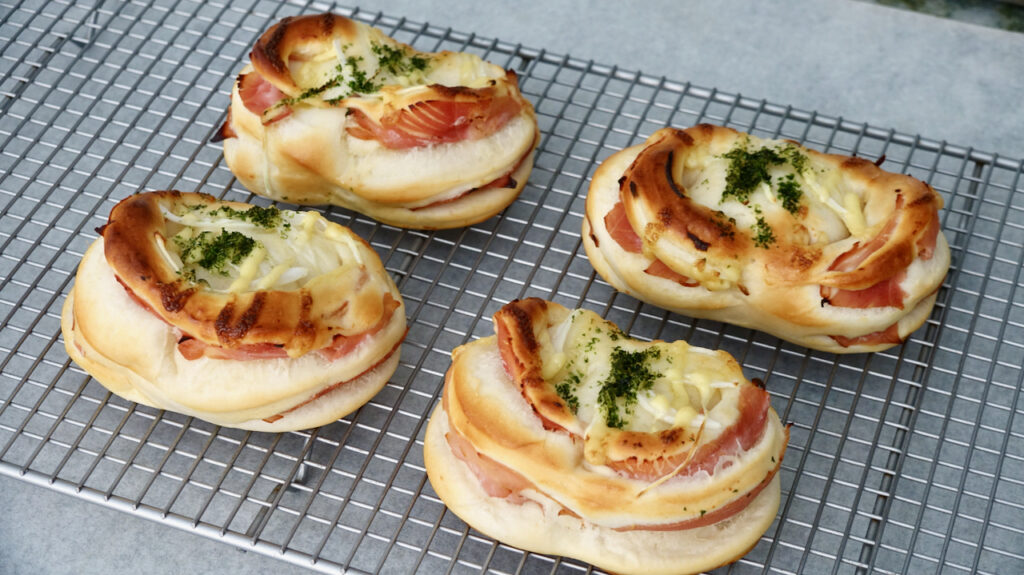Tanuki Soba (たぬき蕎麦) is hot Soba noodles in soup with Tenkasu fried Tempura batter bits. It is a Soba dish with a pretty simple topping, but that addition gives the dish richer flavor.
“Tanuki” literally means raccoon dog which is an animal found in Japan and a popular character in stories and culture there. One theory is that Tanuki Soba was named as a counterpart for another noodle dish – Kitsune noodle dishes. “Kitsune” means fox, but we don’t quite know why somebody wanted to give symmetrical animal names to noodle dishes. Another idea is that “tanuki (tane-nuki)” sounds kind of like “ingredients removed” in Japanese. Since Tenkasu doesn’t have any vegetables or shrimp like regular Tempura but is only crumbs, the dish may have been named this way.

